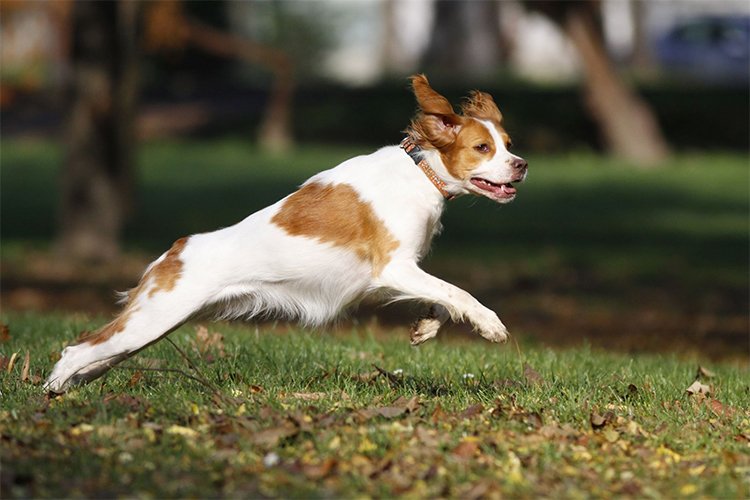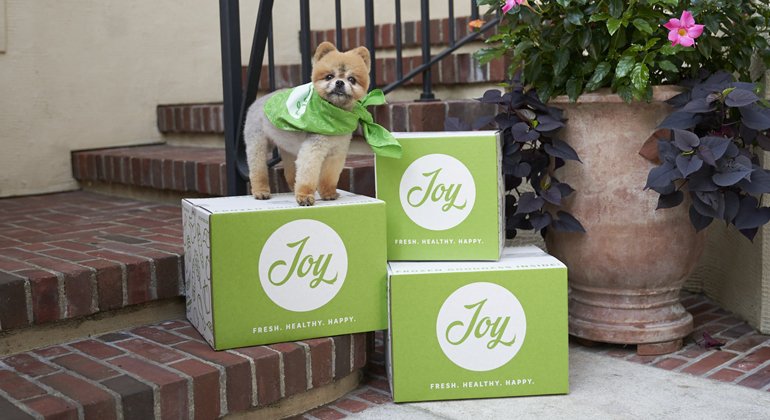- Beauty & Skincare
- Fashion
- Food And Drinks
- Health & Care
- Home & Garden
- LifestyleExplore stories and advice on living your best life. From personal growth to entertainment, dive into the latest in lifestyle trends and inspiration.
- Travel
- Beauty & Skincare
- Fashion
- Food And Drinks
- Health & Care
- Home & Garden
- LifestyleExplore stories and advice on living your best life. From personal growth to entertainment, dive into the latest in lifestyle trends and inspiration.
- Travel
Now Reading: Griffon Nivernais: characteristics and care of the dog breed
-
01
Griffon Nivernais: characteristics and care of the dog breed
- Beauty & Skincare//
- Fashion//
- Food And Drinks//
- Health & Care//
- Home & Garden//
- Lifestyle//Explore stories and advice on living your best life. From personal growth to entertainment, dive into the latest in lifestyle trends and inspiration.
- Travel//
Griffon Nivernais: characteristics and care of the dog breed

The Griffon Nivernais is a medium-sized hunting dog breed from France with long, rough, shaggy fur that gives the dog a somewhat unkempt appearance. The dog has a moderately long head with bushy eyebrows and lop-eared ears. And overall, this bloodhound is slightly longer than it is tall, which gives it a smooth gait and good stamina. The Griffon Nivernais is an athletic breed that enjoys the outdoors and does best in an active household.
Characteristics of the Griffon Nivernais
The Nivernais Griffon tends to have a loving temperament towards his family, but can be a bit reserved towards strangers. Stubbornness can also be part of this dog’s personality and can sometimes make training difficult. Additionally, the breed is known for its vocal nature, although this can vary depending on the dog.

History of the Griffon Nivernais
The Griffon Nivernais can trace its ancestry back to the 12th century in France. These bloodhounds were used for hunting, particularly wild boars and wolves, and for protecting property. However, by the 19th century the breed had virtually disappeared, particularly as faster hunting dogs were developed.
Then, in the early 20th century, Griffon Nivernais enthusiasts attempted to recreate the breed. They mixed some of the last remaining representatives of the breed with other dogs, including the Otterhound, the Griffon Vendéen and the French Foxhound. This modern Griffon Nivernais is smaller than its ancestors but still closely resembles these ancient dogs.
The breed is still very rare today, especially outside of France. The American Kennel Club does not officially recognize it. But the United Kennel Club lists him as part of its Scenthound Group.
Griffon Nivernais Care
The Griffon Nivernais needs a lot of exercise every day. His coat remains reasonably clean but requires some special grooming needs. And ideally it should be educated and socialized from a young age.

Exercise
Allow at least one to two hours per day to train your Griffon Nivernais. Long walks, jogging, cycling and hiking are ideal activities to burn off some of this breed’s energy. In addition, dog sports such as tracking can provide mental challenges.
Always keep your Griffon Nivernais on a leash or in a securely fenced area when outdoors. This breed has a high prey drive. And it could ignore recall commands and instead hunt a small animal or other perceived prey.
personal hygiene
The Griffon Nivernais’ coat should be brushed weekly to remove loose fur. The fur is naturally dirt-repellent and is not prone to matting or matting. However, it should be hand-stripped several times a year to remove dead fur.
Since the coat stays relatively clean on its own, a bath is probably only necessary when the dog gets dirty – usually every one to two months. However, check your dog’s ears at least weekly to see if they need cleaning. Also, plan to trim your nails every month or so. And brush your teeth every day.
Training
Start training and socializing your Griffon Nivernais from puppyhood to teach him good manners and prevent bad habits from forming. The breed is known for its stubbornness and independence. But it generally lends itself well to positive reinforcement training methods. Avoid harsh corrections, which can cause your dog to shut down and refuse to learn. And be consistent in your commands; Don’t let bad behaviors go under.
Try to expose your dog to different people and other dogs from a young age to increase his well-being and confidence. The breed often gets along well with other dogs as long as it is well socialized. And although it can be reserved towards strangers, positive experiences in dealing with different people can help it become more open and friendly.

Common health problems
The Griffon Nivernais is generally a healthy dog breed with no known hereditary health problems. However, there can still be age-related health problems that affect many dogs, such as arthritis.
Diet and nutrition
Always have fresh water available for your dog. And feed him high-quality dog food. It is common practice to feed two measured meals per day to ensure proper nutrition. However, you should always discuss both the type of food and the amount with your veterinarian. Age, activity level and other factors can affect a dog’s nutritional needs. Also pay attention to treats and other supplementary food to avoid overfeeding your dog.
Where to Adopt or Buy a Griffon Nivernais
Depending on where you live, it can be extremely difficult to find a Griffon Nivernais from a rescue organization or a reputable breeder. The number of breeds is still very limited. Therefore, it is difficult to estimate how much a responsible breeder would charge on average for a puppy.
More dog breeds and further research
Before bringing home a Griffon Nivernais, do thorough research to make sure the breed fits your lifestyle. Speak with Griffon Nivernais owners, rescue groups, reputable breeders and veterinary experts.
























